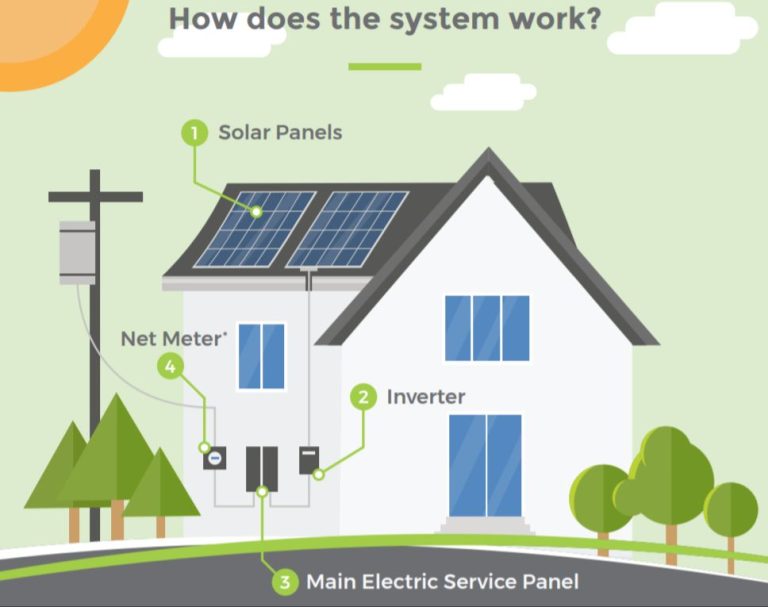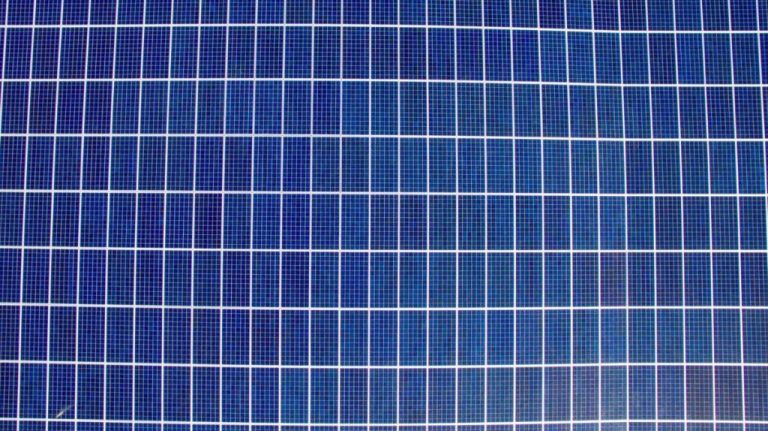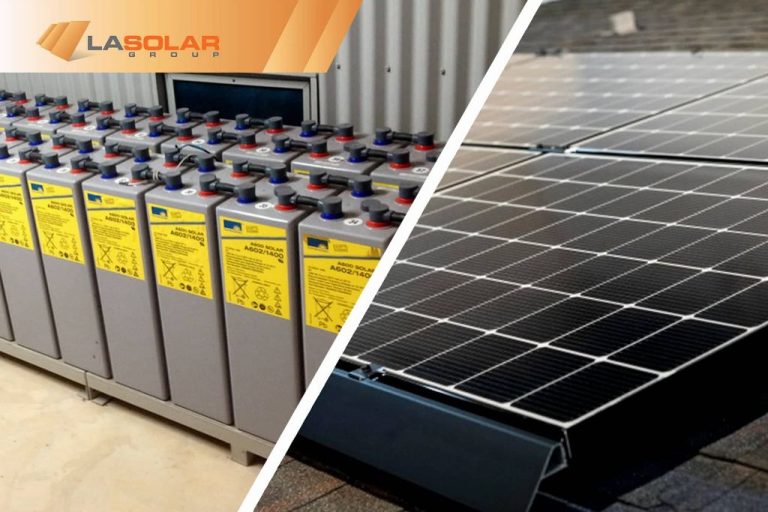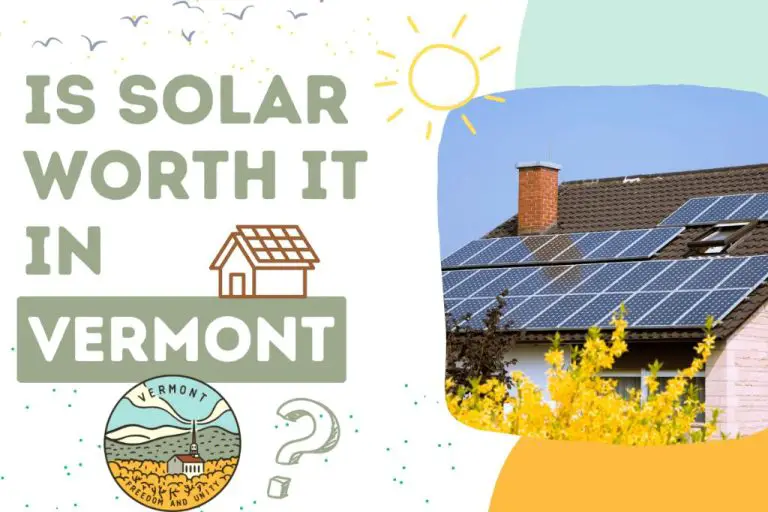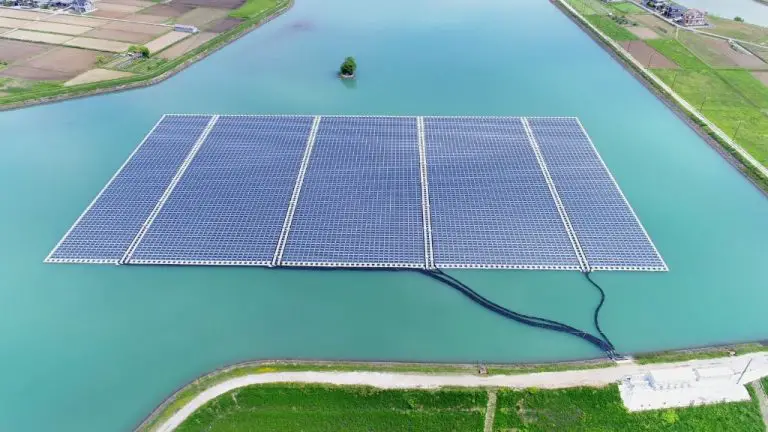How Much Solar Energy Can My Roof Generate?
With rising electricity prices and growing environmental awareness, more homeowners are considering installing solar panels on their roofs. But before deciding to go solar, it’s important to analyze your specific roof’s solar potential to determine if solar is right for you. Knowing the potential solar energy generation of your roof will help you understand if solar can offset a significant portion of your home’s electricity usage and how quickly you can recoup the cost of installing a solar system.
This article will explain the key factors that determine roof solar potential, provide guidance on calculating your roof’s specific generation capacity, and outline what to consider when deciding whether solar power is a worthwhile investment for your home. We’ll cover using online solar tools, getting an on-site assessment, estimating production capacity, matching system size to your roof, understanding your electricity usage, available incentives, comparing installer quotes, and more. With the right information, you’ll be able to make an informed decision about installing solar panels on your roof.
Assessing Your Roof’s Solar Potential
The amount of solar energy your roof can generate depends on several key factors related to its size, orientation, and exposure to sunlight. Generally, north-facing roofs have the lowest solar potential while south-facing roofs have the highest potential in the northern hemisphere. East and west-facing roofs can still produce significant solar energy but peak at different times of day.
Larger roof square footage provides more surface area to install solar panels. Tilted roofs oriented closer to 180 degrees facing south are ideal, as this maximizes exposure at the sun’s peak position midday. Minimal shading from trees or other buildings is critical, as even small shadows can drastically reduce solar absorption. According to the U.S. Department of Energy, just a single large tree shading a rooftop can cut solar potential in half (source).
Overall, the optimal roof for solar has lots of unshaded area facing south at a tilt of at least 15 degrees. East/west-facing roofs can still generate substantial solar with a tilt of 15 degrees or more. Limiting shading is one of the most important factors for maximizing solar potential.
Using Online Solar Maps and Calculators
There are several useful online tools available to help estimate the solar potential of your roof, such as Google’s Project Sunroof (https://sunroof.withgoogle.com/). Project Sunroof analyzes Google Maps and 3D rooftop modeling to calculate how much sunlight hits your roof throughout the year.
To use Project Sunroof, simply enter your address and the tool will create a personalized solar plan for your roof, including the optimal solar system size, estimated energy production, potential electricity bill savings, and applicable incentives. Project Sunroof uses factors like roof square footage, roof angle, orientation, shading, local weather patterns, electricity costs, and incentives to provide an estimate of your home’s solar potential.
Other online solar calculators like the National Renewable Energy Laboratory’s PVWatts Calculator (https://pvwatts.nrel.gov/) allow you to manually input details like your location, average electricity usage, and roof specifics to receive solar production estimates. These tools give you a helpful starting point to understand how much solar power your roof could produce before getting an on-site assessment.
Getting an On-Site Solar Assessment
Getting an on-site solar assessment from a qualified solar installer is highly recommended before moving forward with installing a solar system. An on-site assessment allows the installer to thoroughly evaluate your specific roof and electricity usage to provide an accurate estimate of how much energy solar panels could generate.
During the on-site visit, the solar installer will inspect your roof’s size, angle, orientation, shading, and structural integrity. They will also evaluate the best areas to mount solar panels. In addition, they will assess your electricity usage history and patterns to properly size a solar system for your needs. The installer can use all this information to run an analysis and provide a detailed proposal with expected energy production and cost savings.
A proper on-site evaluation from an experienced solar company is invaluable. It can help ensure your system is optimally designed and avoid surprises down the road after installation. While some online solar calculators or satellite images can provide ballpark figures, they lack the precision of an on-site assessment.
Typical costs for an on-site solar assessment range from free up to $150-$200. Many solar providers offer free site visits and proposals as part of exploring the feasibility of installing solar panels for your home. The investment for an on-site assessment will pay off in maximizing the performance of your system if you move forward.
Estimating Your Solar Energy Production
The amount of solar energy your roof can produce depends on several key factors like system size, panel efficiency and direction. Generally, a larger solar system with high efficiency panels oriented to maximize sun exposure will generate more electricity.
System size refers to the total power rating of the solar panels, measured in kilowatts (kW). For example, a 5 kW system contains enough solar panels to produce 5,000 watts of power at peak conditions. Most residential solar systems range from 5-10 kW in size. Determine the right system size for your home by looking at 12 months of previous electric bills to understand your usage.
Panel efficiency reflects how much of the sun’s energy can be converted into electricity. Standard solar panels are around 15-18% efficient, while premium panels can reach over 20% efficiency. Going with more efficient panels means you can generate the same amount of energy with fewer panels.
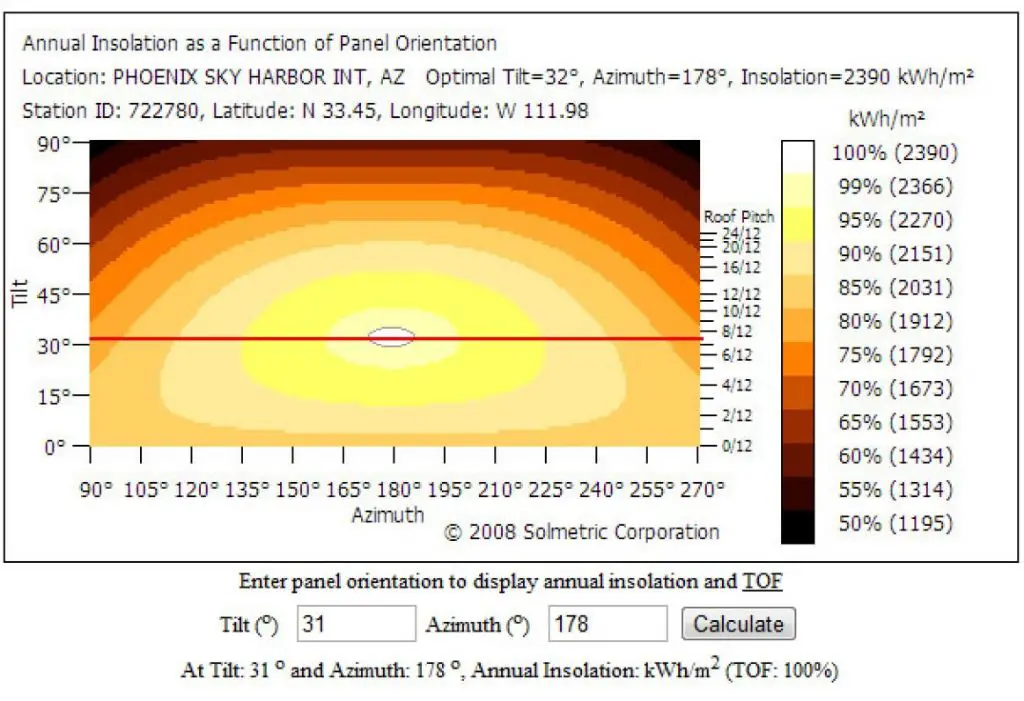
Direction and tilt are also important – solar panels oriented to the south and tilted at an angle equal to your latitude will maximize production. Using trackers that follow the sun can boost output as well. An east-west facing system will produce less overall but more consistent power throughout the day.
Online solar calculators like PVWatts can provide customized estimates based on your location, system details and orientation. For example, PVWatts estimates a 7 kW system in Los Angeles facing south at a 25 degree tilt would produce around 11,000 kWh per year. Getting multiple quotes and production estimates will help you compare different systems and find the optimal solar solution for your home.
Matching Solar System Size to Your Roof
When determining the optimal solar system size for your home, it’s important to balance your energy needs with your roof’s solar generation potential. The size of your roof and amount of unshaded areas are key factors. Most roofs can accommodate 5-10 kW systems, but larger homes may need 15 kW or more.
The power output of a solar panel is measured in watts. Standard solar panels range from 250W to 400W each. To generate 1 kW of power, you would need around 3 to 4 panels. So for a 10 kW system, you would need about 30-40 panels total. Higher wattage panels take up less physical space but tend to cost more per watt.
Each solar panel is approximately 65 inches long by 39 inches wide. That equates to around 17.5 square feet of roof space per panel. So for a 30 panel, 10 kW system, you would need about 500-600 square feet of usable roof space. South-facing sections of your roof with minimal shading are ideal.
When getting quotes from installers, they will evaluate your roof space, shading, and electricity usage to determine the optimal system size. Using solar mapping tools or calculators online can provide a rough estimate to start (Source). But an on-site assessment from a professional is recommended for the most accurate system sizing.
Understanding Your Electricity Usage
Before determining how many solar panels you need, it is helpful to first analyze and understand your household’s
electricity usage. Evaluating your past electricity bills gives you insight into your average daily kilowatt-hour
consumption and can help you properly size a solar system that will meet your needs (https://www.energy.gov/energysaver/planning-home-solar-electric-system).
Some tips when reviewing your electricity bills:
- Look at bills for the past full year to account for seasonal variations in energy use.
- Pay attention to your peak energy usage months.
- Note how much your average daily kilowatt-hour usage is.
- See if you can identify what major appliances and equipment are causing spikes in usage.
Understanding your electricity consumption patterns allows you to right-size your solar system. You want it to produce enough power on average to significantly offset your utility usage and maximize savings.
Financial Incentives and Payback Periods
There are several financial incentives available that can reduce the cost of a solar system and improve the payback period. At the federal level, the investment tax credit (ITC) offers a 26% tax credit for systems installed in 2022, which will drop to 22% in 2023 (https://www.seia.org/initiatives/solar-investment-tax-credit-itc). Many states and utilities also offer rebates and other incentives like the California Solar Initiative rebate program, which provides cash back per watt installed.
These incentives make a significant difference in the payback period. For example, a 5 kW solar system in California that costs $15,000 might take 12 years to pay back at an electricity rate of $0.20/kWh. But with the 26% federal tax credit and a $2,000 state rebate in California, the out-of-pocket system cost drops to $9,100. That reduces the payback period to just 7 years for the same system.
Payback periods also vary dramatically by state due to differences in electricity rates and solar incentives. According to the Department of Energy, the average payback period for a residential solar system in 2020 ranged from just 6 years in Hawaii to 14 years in Alaska (https://www.energy.gov/eere/solar/solar-market-insight-report-2021-year-review). When incentives are strong and electricity rates are high, payback for solar PV systems can be under 10 years.
Comparing Quotes from Solar Installers
When examining quotes from different solar installers, there are several key factors to compare beyond just the bottom line price:
- Equipment – Compare the brands and warranties of the solar panels and inverters proposed. Quality tier 1 equipment from reputable brands often justifies a higher quote.
- Production guarantee – A strong production guarantee ensures your system will generate a minimum amount of energy over a period of years. This protects against underperformance.
- Warranties – Look for at least 10-year workmanship warranties and 25-year panel production warranties from the manufacturer.
- Reputation and qualifications – Choose an experienced local installer who can provide references and has a proven track record.
- Services – Compare the full scope of services included, such as permitting, monitoring, maintenance etc.
Focus beyond just ‘dollars per watt’ pricing, which does not tell the full story. Be wary of quotes that seem too good to be true. According to EnergySage, small local installers often offer the best combination of quality and competitive pricing.1 Paying a bit more for an installer you can trust is advisable for such an important long-term investment.
Conclusion
In summary, there are several key steps to take when assessing the solar potential of your roof. First, use online solar maps and calculators to get an initial estimate based on your address and electricity usage. Next, you can request an on-site assessment from a solar installer to analyze the specifics of your roof and get a more tailored estimate of energy production. When reviewing solar quotes, be sure to compare system sizes, estimated production, financial incentives, and payback periods across installers.
Installing solar panels on your home comes with many excellent benefits. Solar energy is clean and renewable, reduces your electricity bills, qualifies for tax credits and rebates, increases your home’s value, and allows you to take control of your own energy production [1]. With solar, you can lower your environmental impact while locking in predictable energy costs for decades. If you complete the key steps to assess your roof and selectively choose an installer, going solar can be a smart investment in your home and the planet.

